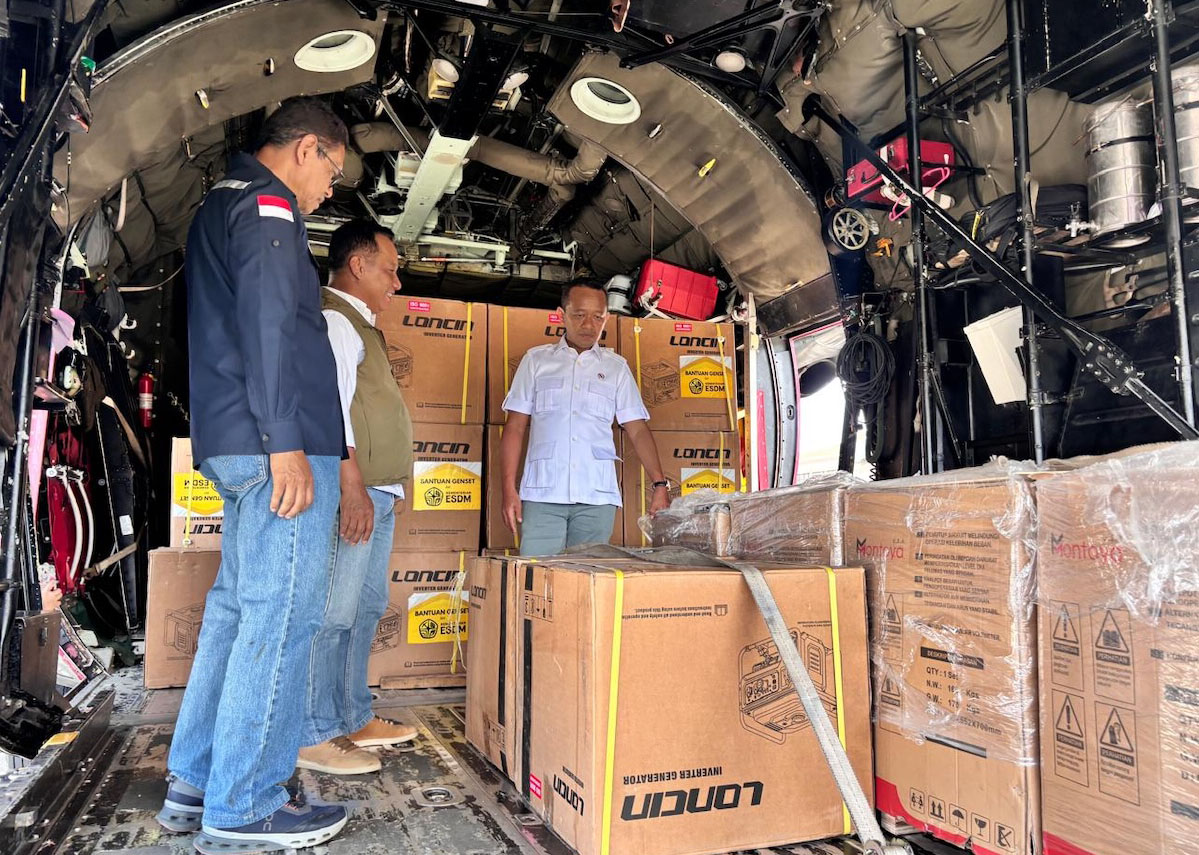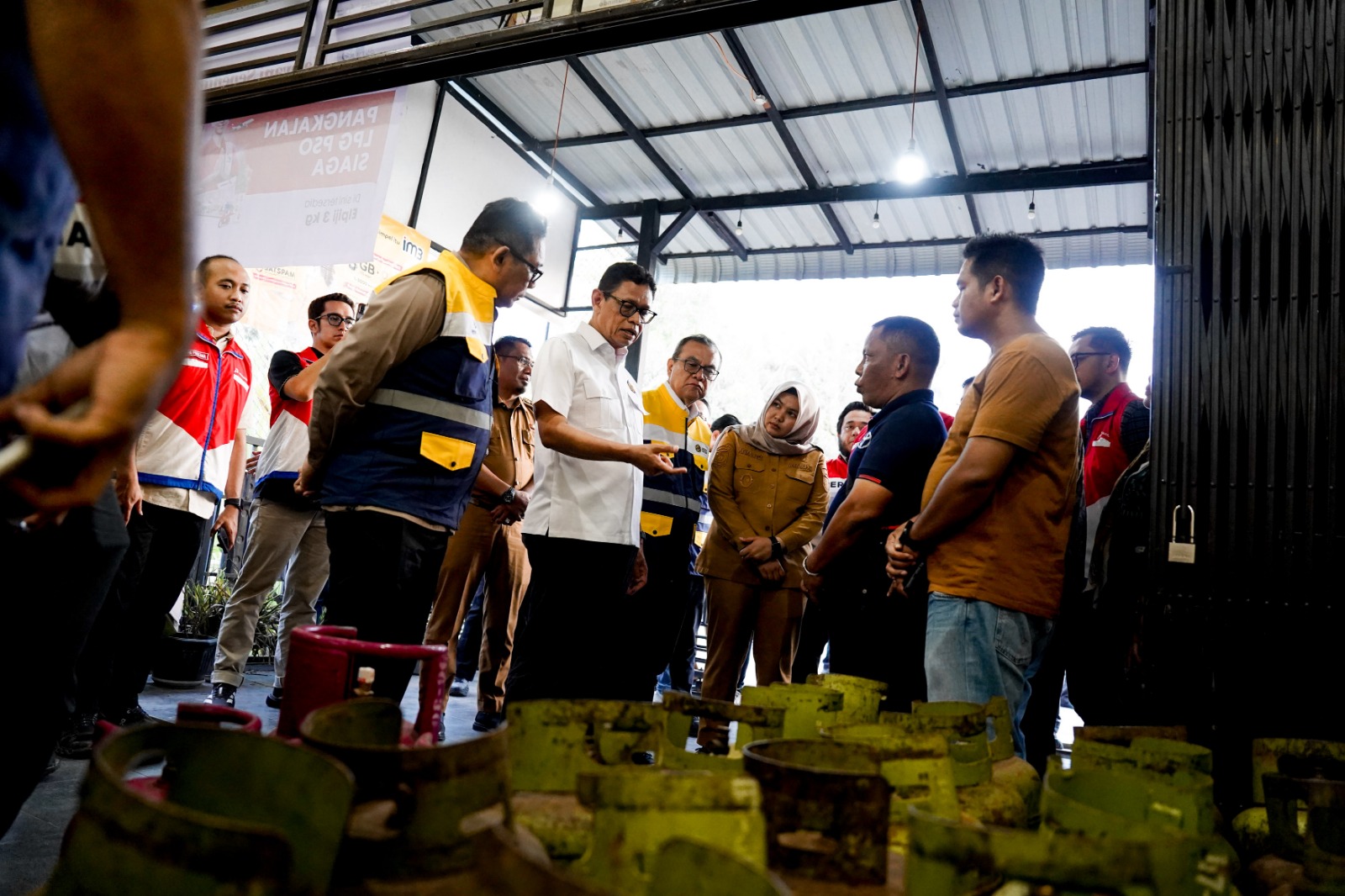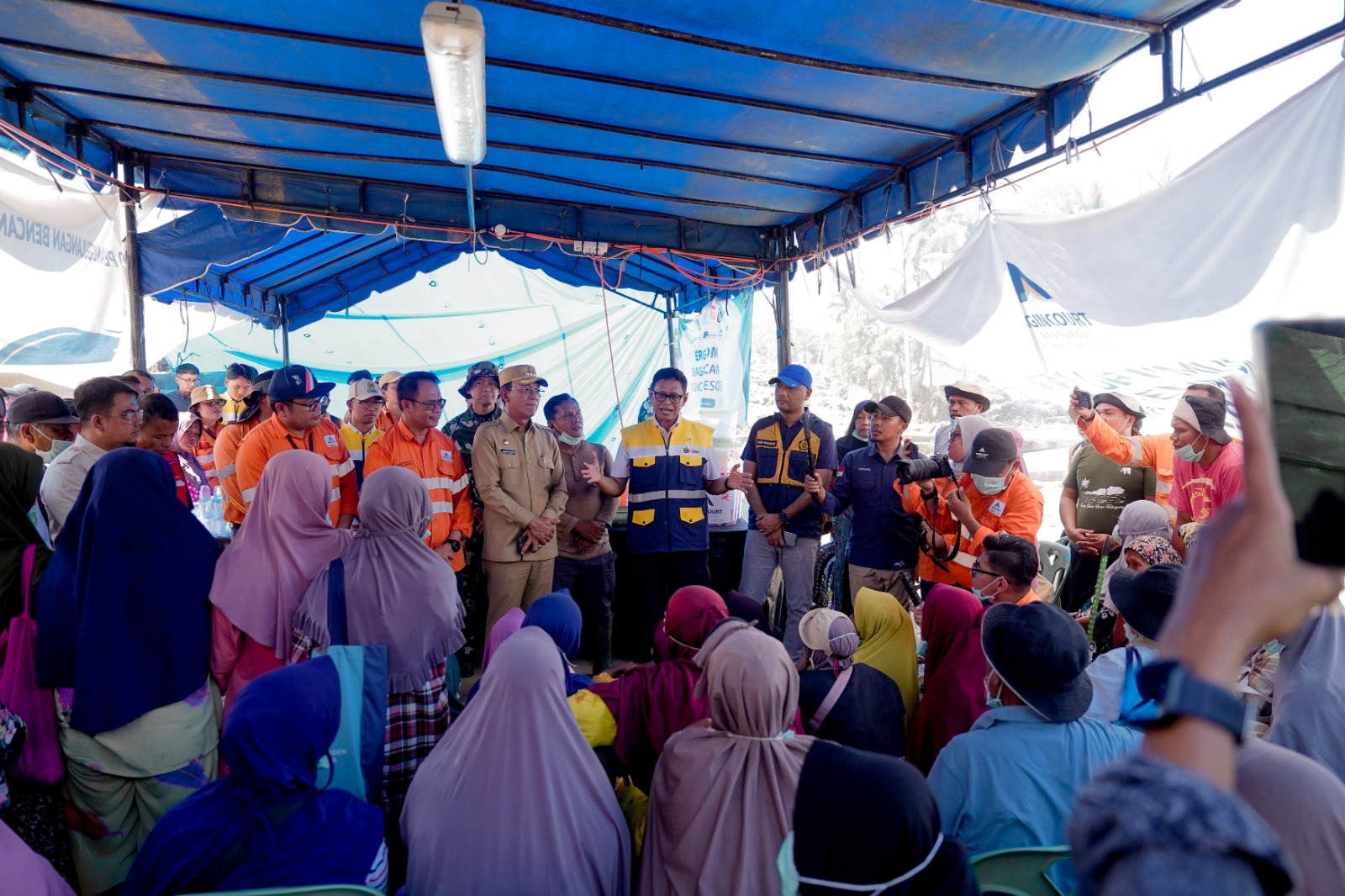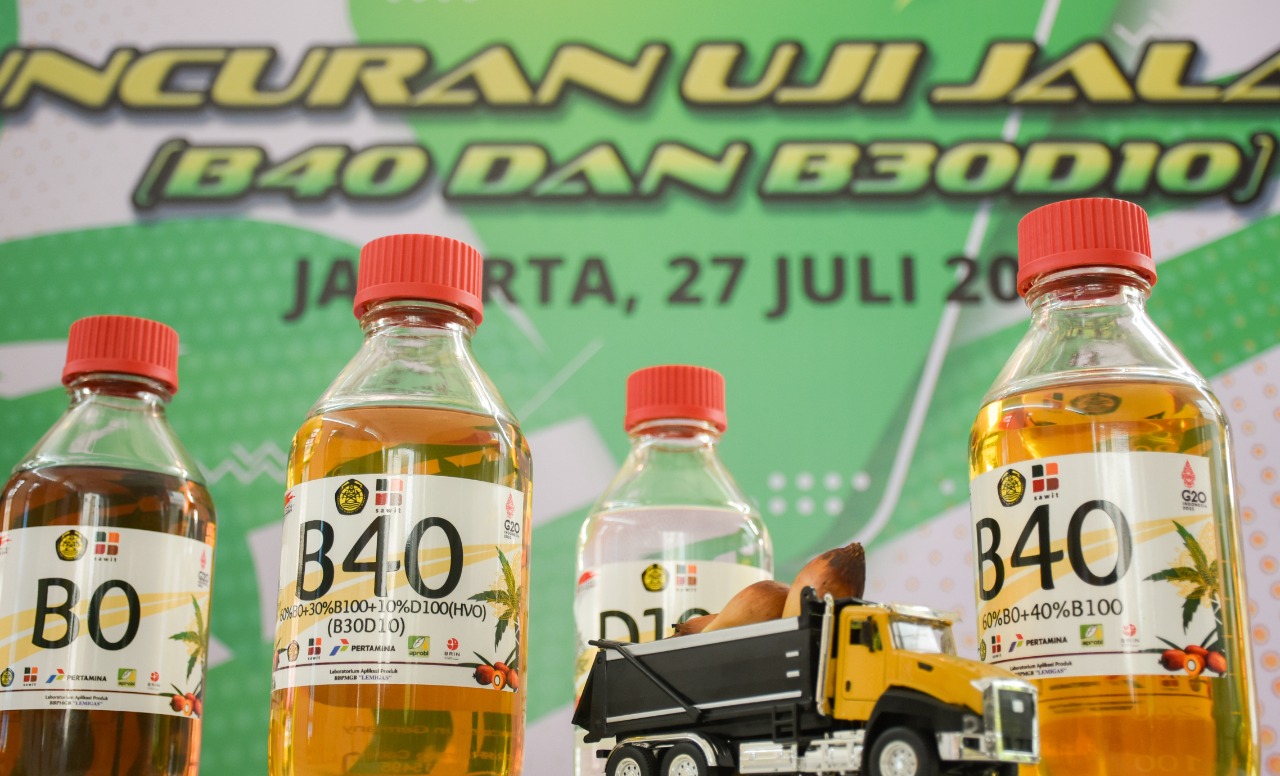Energy Ministry is Committed to Strengthening Renewable Energy Policies, Says Official
MINISTRY OF ENERGY AND MINERAL RESOURCES
REPUBLIC OF INDONESIA
PRESS RELEASE
NUMBER: 362.Pers/04/SJI/2021
Date: 13 October 2021
Energy Ministry is Committed to Strengthening Renewable Energy Policies, Says Official
The energy sector plays a crucial role in providing affordable, sustainable, and environmentally friendly energy while maintaining national economic stability, Head of Bureau of Communication, Public Information Services, and Cooperation of the Ministry of Energy and Mineral Resources (EMR), Agung Pribadi, has said in Jakarta on Wednesday (13/10). We're committed to strengthening the energy sector policies, especially those on new, renewable energy, to overcome climate problems, added Agung.
According to the Nationally Determined Contributions (NDC), Agung continued, the sector energy has a target to reduce emissions by 314 million tons of CO2e with self-help and 398 million tons of CO2E with international assistance by 2030. Out of this amount, mitigation action through the use of new, renewable energy (NRE) is expected to reduce emissions by 170.42 million tons of CO2e by 2030. In 2020, the amount of reduction hit 34.29 million tons of CO2e.
For this reason, the government has mapped out a plan to increase NRE generating capacity by 38 Gigawatts until 2035, through accelerated substitution of primary/final energy, conversion of primary fossil energy, addition in NRE capacity, and NRE use for non-electricity/non-biofuel purposes. "These actions are taken to realize national energy security and independence," Agung stated.
The projection is in line with the increasing consumption of electricity. Based on a report by state utility company PT Perusahaan Listrik Negara (PLN), the year-on-year electricity consumption until September 2021 grew by 4.42 percent to 187.78 terawatt hours (TWh). Growth has even been projected to continue to reach 252.51 TWh by the end of 2021, or rising by 4.71 percent compared to 2020. "Economic upturn in the midst of a pandemic is also evident in the industrial sector which grew by 10.63 percent in Q3 2021," as quoted from the official website of PT PLN (Persero) on Tuesday (12/10).
One of the focuses of NRE development is the construction of solar power systems. There are three types of solar power systems currently developed by the government, namely rooftop solar, large-scale solar farms on ex-mines and non-productive land, and floating solar. "I hope such developments mark a major milestone in the development of solar power systems in Indonesia," Agung explained.
The government's seriousness of developing solar power systems can be seen from the operation of the 2 MW Sei Mangkei solar power plant. The ground-mounted solar power plant can produce up to 1.6 GW of electricity a year. A cooperation project between Pertamina Subholding Power and NRE (Pertamina NRE) and state agricultural company PTPN III, the power plant entered its Commercial Operation Date (COD) on 24 August 2021. It can potentially reduce 1,300 tons of Greenhouse Gas (GHG) emissions per year, or equivalent with the amount of CO2 absorbed by 59,000 mature trees in a year.
Dannif Danusaputro, Chief Executive Officer of Pertamina NRE, stated the Sei Mangkei Special Economic Zone (SEZ) was the first SEZ in Indonesia that applied green economic zone concept. This concept prioritizes the development of renewable energy, including to generate electricity.
"Pertamina's transition to clean energy is in line with the concept of green economic zone of the Sei Mangkei SEZ. We believe that industry can make a major contribution to decarbonization efforts, namely by utilizing cleaner energy and reducing GHG emissions in business activities," said Dannif in a written statement, Monday (11/10/2021).
The solar power plant is not the only renewable energy power plant in Sei Mangkei, though. Early last year, Pertamina NRE and PTPN III completed a biogas power plant project with a capacity of 2.4 MW.
President Director of PTPN III Holding, Mohammad Abdul Ghani, said that his corporation used biogas from Palm Oil Mill Effluent (POME). Thus, the two power plants can reduce 1,300 tons of carbon emissions per year.
"The Sei Mangkei SEZ is an industrial area that carries the concept of green economic zone, where clean energy is a top priority in zone development. This effort is in line with the government's target of reaching 23 percent of NRE share by 2025," concluded Ghani. (IY)
Head of Bureau of Communication, Public Information Services, and Cooperation
Agung
Pribadi (08112213555)
Share This!






